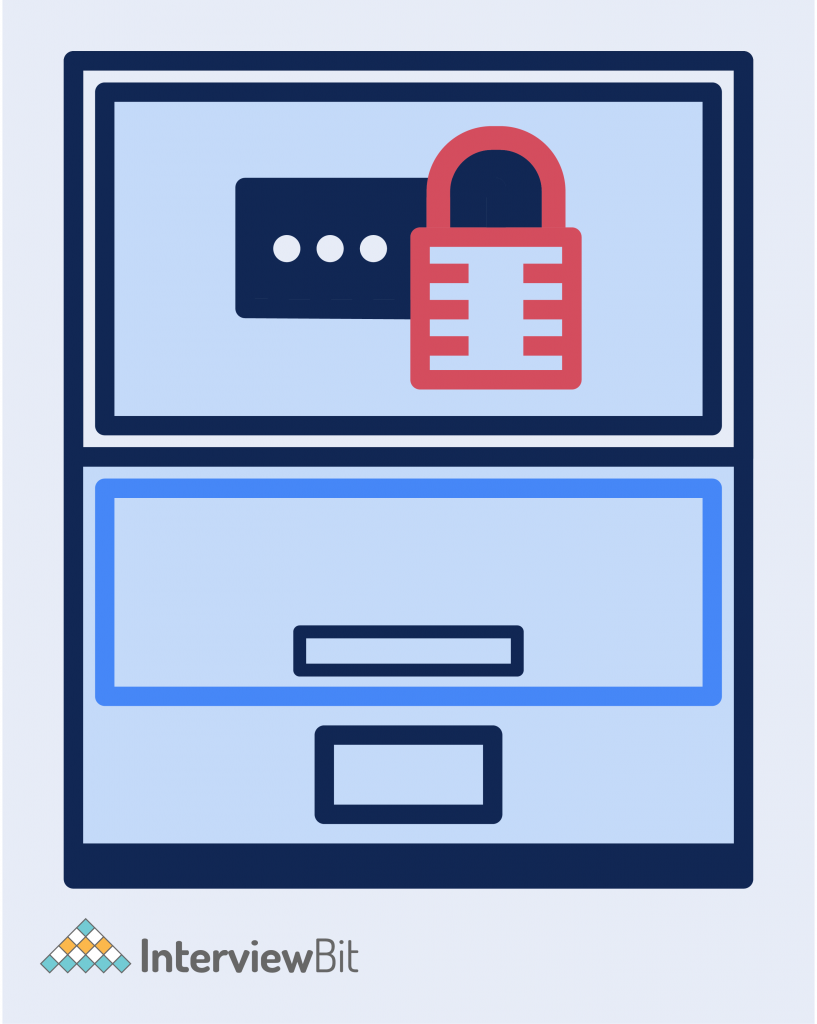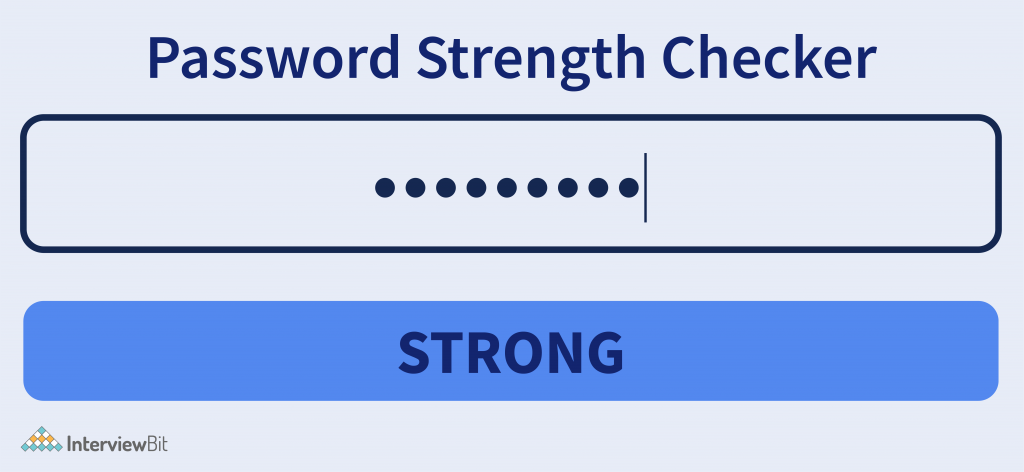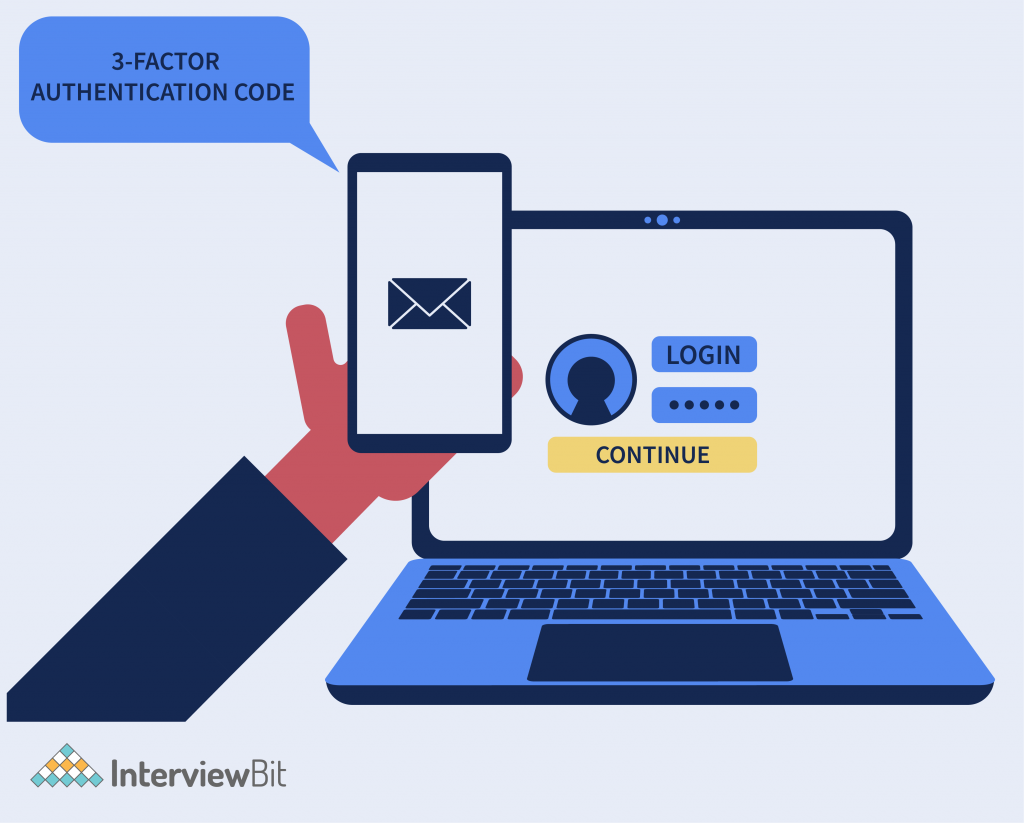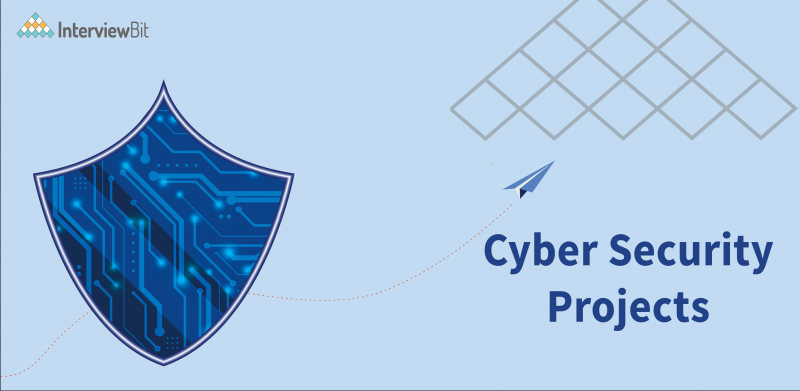Introduction
Since we are currently in an era where most tasks can be digitized, we are more exposed to the dangers of cyberspace. From simple operations like making a phone call to complex operations like a financial transaction via net banking, our presence in the digital space has surged. We put forth our information before, after, and during these operations and when it isn’t protected, we are likely to be victims of cyberattacks. Cyber security is a field of study which addresses these concerns. Cyber security is the protection of our computer network and systems from malicious activities that can cause harm to people, software, and hardware. It can put people at risk such phishing, scams, spam, leak of PII (Personal Identifiable Information) compromising their privacy, and much more. From the organization’s front, cyber crimes via their services damage the company’s reputation and cause compliance issues. This is why the cyber security department is a strong job force, as they are equipped to address all these concerns in a more strategic approach.
The emergence of cyber security as a job can be traced back decades, but currently, the need is increasing rapidly! The Hindu Business Line quotes a report from Michael Page, a global recruiting consultancy that India alone is expected to have more than 1.5 million job vacancies by 2025. If you are a person who loves to play Sherlock Holmes in daily life, then you are likely to ace it as a cyber security professional! Cybersecurity is not limited to programming alone, it extends to consultancy services, troubleshooting, certification development, and much more, but in this blog, we shall talk about the programming path of this workforce.
Any field of study would require an immense amount of practical knowledge to carve a niche for yourself in the industry. Completing a course on cyber security alone wouldn’t suffice. You must practice your skills by working on cybersecurity projects. Working on cyber security projects moulds your skills to the real-life environment and helps you gear up to be a part of the industry. You can start from beginner-level projects and slowly transcend to advanced projects, thus upskilling progressively. Prerequisites of a cyber security professional would include great coding skills, networking skills, knowledge about the OS, and last but not the least; knowledge of cyber security concepts and algorithms.
Confused about your next job?
n this blog, we would take you through a few cybersecurity project ideas, which you can give a shot at. These projects would range from beginner to advanced levels, with sample source codes from GitHub, however, you can innovate on your own too! While the suggestions would mostly deal with Node.js projects and Nodejs project ideas, you can practice with other relevant technologies also. Languages like JAVA, Python, Go, Ruby, etc with cryptography, cloud computing, networking, and penetration testing methods are combined to create a successful cyber security project. Here is an outline of things discussed in this blog:
Top 10 Cyber Security Projects
Here are the top 10 cyber security projects categorized as beginner, intermediate and advanced levels based on their difficulty. Since the agenda of the projects is to practice cybersecurity, we can skip out on the design and aesthetics part for now. We can build these projects in multiple languages and frameworks such as Python, Go, Ruby Rails, JAVA, JavaScript, etc. You can also use the cryptographic services provided by AWS, Azure, Google, etc for advanced projects. These environments and tools assist you in building your cybersecurity project quickly. However, it is advisable to get a fair idea of the fundamentals before leveraging automated services.
Cyber Security Projects For Beginners
1. Text Encryption Using Cryptographic Algorithms

Encryption is the process of converting information into a hash code or a cipher, to prevent unauthorized access by adversaries. The authorized user would access the content via secure keys and validation measures. As a beginner, you can start with a cyber security project on text encryption. This project would help you break down the structure of algorithms like Caesar Cipher, Vigenere Cipher, Railfence Cipher, Autokey Cipher, Playfair Cipher, Beaufort Cipher, etc.
You can build a simple web application to encrypt and decrypt textual information that the user keys in. Remember that strong encryption should produce different outputs even given the same input.
Sample source code: GitHub
The technology used in the example: are Node.js and JavaScript.
2. Keylogger Software

Keylogger software is a good beginner-level cyber security project. A keylogger is software used to record every keystroke made by the user on their keyboard devices.
Note: Keystrokes are interactions that we make with the keyboard buttons. Pressing a single key in a physical or a virtual keyboard is an example of a keystroke.
The motive of this software is to monitor the user’s activity to spot any unusual or threatening activities on the devices. This project is used in industries to keep an eye on their employees to ensure that they abide by the company’s policies. If you’re looking forward to working in the internal security sector of a company, this project gives you the exposure that you need.
You can extend the project to virtual keyboards, clipping loggers, screen loggers, and activity trackers. Since keyloggers are used at the ground level of complex security monitoring software, it can be a good start for a beginner.
Sample source code: GitHub
The technology used in the example: are Node.js and JavaScript.
3. Image Encryption

Just like text, even images carry sensitive information and can be encrypted. You can use encryption algorithms like AES (Advanced Encryption Standard), DES (Data Encryption Standard), RSA (Rivest-Shamir-Adleman), logistic chaotic maps, or even simple scan and XOR-based algorithms. Here’s a quick overview of how to scan and XOR-based image encryption takes place:
- The original image is divided into a specific number of blocks shuffled by scan patterns to build a new image.
- The pixels of each block are repositioned again.
- The newly generated image uses XOR functions for encryption. All the blocks are XORed with two arbitrary blocks from the re-arranged image.
- A single, secure key of 128 bits is generated. This key is shared with the intended recipient and decryption is performed.
The images must be encrypted in such a way that even with arbitrary access to them via the internet, the image must not be decryptable without a secure key. This project would help you delve into the basics of cybersecurity and develop your cryptography skills.
Sample source code: GitHub
The technology used in the example: Node.js, and JavaScript.
4. Password Strength Tester

The first and foremost aspect of cyber security is to have a strong password. So why not build a project based on this? You can build a cyber security project to test the strength of your passwords according to the OWASP ( Open Web Application Security Project) standards. The application is trained with the help of Machine Learning algorithms. Datasets of passwords that were leaked in past attacks, weak passwords etc are fed into the system. The system warns the current user when they enter any similar password. You can get hold of datasets from the internet and train your systems.
The software should enforce basic rules like minimum password length, and complexity, avoiding parts of username or any public information, the inclusion of numerical and special characters, and other ground rules while providing user flexibility. The system can encourage using passphrases over a standard password, making it easier for users. Password strength testers should give a thumbs up only when all the test cases pass.
Sample source code: GitHub
The technology used in the example: Node.js, JavaScript.
These are a few beginner-level project ideas for cyber security. You can always explore similar beginner-level projects to polish your cybersecurity skills before moving on to the next level.
Cyber Security Projects For Intermediate
After you have gained strong expertise on beginner-level projects, you can move on to this level. These projects give you an insight into some prominent features which we encounter in our daily lives such as credit card validation, facial recognition systems, security scanners, device protection, etc. Here are a few intermediate-level projects in cyber security:
1. Web-Based Facial Authentication System

You can develop a facial recognition system for user authentication. This software is widely used in exam proctoring systems, KYC processing systems, or even in simple mobile devices. The system already has records of the intended user’s photographs. These records can either be public or narrowed down to a specific set of users. After the camera permission is granted, the face is detected. The 2D-based image is matched with images in its database. The software reads the geometry of your face such as the distance between eyes, depth of eye sockets, distance from forehead to chin, the shape of cheekbones, lips, ears, chin, nose, etc. This data is converted into a set of digital information; i.e a numerical code called faceprint. The data is then matched with the existing faceprints in the system and a result is generated.
The web face detector can also be designed to view faces in a video call. We need to get started with this project using an OpenCV and a webcam. OpenCV is a real-time computer vision tool. This project can be extended for use cases like user authentication in meetings, exams, police force, face unlock feature of phones, etc
Sample source code: GitHub
The technology used in the example: Python programming, Flask framework.
2. Security Scanner

At some point in time, we all have used security scanners for our devices. Be it in a panicky situation where your devices act up or just to ensure that your networks are secure. You can develop a basic security scanner for devices or your network to detect high-severity vulnerabilities with utmost confidence. The software can also provide numerical values to the risks found and present a few tips to secure the device or network. The scanner first identifies information about devices, open ports, software assets, and systems. It correlates the findings with databases that provide information about known vulnerabilities. The database is supplied by a security solution vendor. You can also use demo databases that are available in Open-source for your project. After the vulnerabilities are confirmed factors such as system exposure, level of skills needed for the exploitation of the vulnerability, business impacts, age, existing controls, etc are assessed. The system then reports the findings to the user via the interface. Based on the severity, the user can choose to act upon the issue. If there is a serious level of risk, the software takes immediate action to protect the user’s data.
This is a good start for anyone who wants to transition from the beginner level to the intermediate level.
Sample source code: GitHub
The technology used in the example: Node.js, JavaScript, Docker.
3. Credit Card Encryption and Decryption

You can design a credit card encryption system to prevent unauthorized access and duplication by arbitrary sources. PCI (Peripheral Component Interconnect) Data Security Standards and cloud DLP (Data Loss Prevention). The encryption tool is designed to validate and restrict access to card tokenization services. A few examples of encryption algorithms are DES, AES, RSA, SHA256, ECC, etc. You would require a project code and a cloud service to create this cybersecurity project.
This is one such project which helps you combine your cloud computing skills also in your cyber security journey. Access control management and cryptography are the key skills for this project.
Sample source code: GitHub
The technology used in the example: JAVA, Google Cloud services.
4. Antivirus

If you are a passionate programmer starting your career in cyber security, you can also build your antivirus software! This is an intermediate-level project for cyber security. Malicious content and unauthorized hackers are identified and prevented with the help of this software. Features like real-time scanning, auto-clean, protection for multiple apps, automatic updates, malware detection, prevention, and removal can be added to your project.
You can observe features of antiviruses available in the market such as Avast, Kaspersky, McAfee, Norton, Webroot, Bitdefender and try to implement them in your project.
Sample source code: GitHub
The technology used in the example: C#.
These are a few intermediate-level projects for cyber security. You can combine these projects to create advanced-level cybersecurity projects. Here are a few advanced-level cybersecurity projects:
Cyber Security Projects For Advanced
1. User Authentication System

This advanced-level cyber security project may sound simple, but it combines all the expertise which you have gained in previous projects. In this project, you can develop a user authentication portal providing signup/register and log in/log out functions. Identity management, authentication, and authorization are a few key skills for this cybersecurity project. Here a database system also comes into the picture as it is a full-stack project. You can include features like multi-factor authentication, biometric authentication, facial recognition, etc also in your system. The tools which are needed for this project are text editors, Node, Object-Oriented Programming paradigms, SQLite, Yarn, and a good knowledge of model view controllers and frameworks.
The user authentication system is a widely used software across every industry. This advanced-level cyber security project adds weight to your cyber security profile and intrigues potential recruiters.
Sample source code: GitHub
The technology used in the example: Node.js, Express JS, MongoDB.
2. Image Steganography System
Steganography is the process of concealing sensitive information within other non-secret text or data. You can take up image steganography as an advanced-level cyber security project by concealing coded texts in images. This software tool can send secret messages across the web via an image. Batch steganography, permutation steganography, LSB (Least Significant Bits), Bit-Plane complexity segmentation (BCPS), and CSSIS (Chaos-based Spread Spectrum Image Steganography) are a few algorithms for this project. Compromise or even noticing of the secure content in the images by third-party sources can be prohibited in this project. Here, the raw pixel data from the image is extracted and encoded with the text. The text is usually encoded as binary strings in the Android application.
You will have to use open-source image processing libraries, preferably from Python for this project. Make sure that you choose a library that is convenient to work with and is also efficient so that you can concentrate on your cryptography part without much hassle.
Sample source code: GitHub
The technology used in the example: JAVA, Android Studio.
You can create a similar project by implementing steganography principles with networks. In network steganography, you can transmit encrypted information to targeted active networks. This is a challenging project and you might want to give it a shot if you’re an expert cybersecurity professional to bulk up your portfolio.
Note: Whenever you are creating a cyber security project that involves another website or an application, ensure that you have proper permissions to tap into the same, as failing to do so will result in ethical issues. You might want to create your website to test your cybersecurity projects. Refrain from testing your projects on your personal or professional devices, always make use of mock datasets and resources to do so.
Takeaway
To upskill yourself further, take up certification exams on cyber security. Gaining a license or any certification adds a feather to your cap apart from the skills and projects. Cybersecurity is a domain that gauges your understanding and presence of mind also. You may be an expert at creating cybersecurity projects, but you should also be aware of the nuances of the field and troubleshoot accordingly. Once you have started to build cyber security projects, try to showcase them in a public forum to gain attention. Engage with the community by creating content on social media platforms such as LinkedIn, Facebook, Twitter, Instagram, Medium, Reddit, etc. You can create short posts, blogs, memes, etc on your profile and pitch in your projects. You can always host your codes on GitHub and provide a link to your repository in your social media handles and resume. Flaunt your certifications on your handles, participate in debates, contests, and hackathons related to cyber security, and most importantly, never stop practising!
Check out InterviewBit’s website for services to crack your technical interviews smartly! We also host coding contests and programming competitions where you can showcase your project-building skills!
FAQs
What are the 3 major types of cyber security?
- Critical infrastructure security
- Application security
- Network security
The above are the three major types of cyber security.
Cloud security and Internet of Things (IoT) security are also major focus areas.
What are the 5 threats to cyber security?
Trojan malware, spyware, viruses, ransomware, adware, and worms are a few threats to cyber security. Apart from these, human negligence and errors are also major threats to cyber security.
What are the latest trends in cybersecurity?
Remote working cybersecurity, mobile security, automotive hacking, the emergence of AI in security systems, IoT, and 5G computing are a few trends in cyber security. Data breaches, cloud attacks, and cyber warfare are a few trends in cybersecurity that we need to look out for.
What are some easy cyber security projects?
Text encryption systems, password strength testers, image encryption, network scanning, etc are a few easy cyber security projects. Please refer to the beginner-level project ideas section in this article to get more information.
What are the most sought-after cyber security certifications in the industry?
According to Coursera, CISSP (Certified Information Systems Security Professional), CISA (Certified Information Systems Auditor), CISM (Certified Information Security Manager) are a few industry-recognized cybersecurity certifications. Security+ is also an entry-level certification for cyber security. You can check out other cyber security certifications available across the net to gain knowledge in a structured manner and then jump to large-scale certifications.




